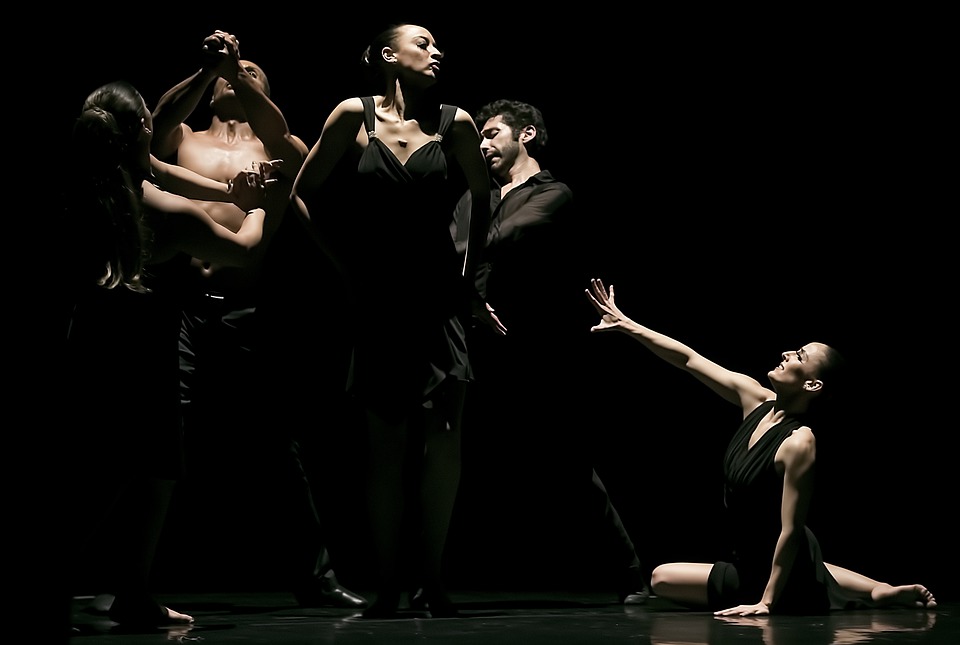Virtual Education and the Arts

Virtual Education and the Arts
Higher education has significantly trailed behind other industries in moving forward into digitally focused learning. One factor contributing to this could be that pre-pandemic, colleges were assigning less than 5% of their budgets to IT spending. We have been somewhat pushed to reimagine learning methods in response to the temporary closure of schools over potions of the past two years, however, with distance learning being the only option available in many cases. And now there is increasingly widespread belief that remote learning could endure; just this past April, The New York Times discussed how the remote programs developed to manage the crisis are now poised to remain.
While remote programs have been successful in certain respects though, how does the idea of ongoing virtual learning stand to affect the arts?
Performing arts programs in particular rely heavily upon physical presence and contact, which has prompted many schools and students to find innovative ways to avoid disruption. While transition in other areas is easy enough, with teachers conducting lectures over Zoom and similar programs, the practical learning aspects of performing arts present more challenges. But because it does seem probable that some digital and remote learning practices will remain in place, we’ve examined the advantages and disadvantages of online learning within the film and performing arts sector.
Pros
One appealing aspect of online education is the flexibility it offers to students. In enables them to have full control and accountability for their learning. With the requirement to attend scheduled classes eliminated, students can –– to a greater extent at least –– allocate time for studies around their own commitments and periods that are most convenient to them. This can result in improved retention of information and ultimately better results.
Online learning also presents the opportunity to innovate on the fly. With regard to performing arts specifically, being unable to physically perform in theaters or studios has forced students and teachers to improvise and create different ways to manage. On this subject, Forbes interviewed performing arts pupils and professors to find out how they’ve tackled issues surrounding the imposed restrictions. The piece sought to highlight how when circumstances prompt change, new and innovative ideas emerge –– and while it was still clear that circumstances for the involved students were far from ideal, there is something to be said for new tactics yielding real progress. Finding ways to practice dance in limited space, for instance, may only make a performer more comfortable when he or she has a stage again.
There is also some potential (though largely untapped as yet) that more digital education might make for more dynamic and data-supported methods could be designed. Writing specifically about various efforts that are underway to improve general classroom education, New Globe notes that a tech-driven approach can yield data that helps instructors to develop and adapt. The idea is that when we bring technology into education it becomes easier to identify and act on trends, whether they have to do with academic performance, student feedback, or anything similar. While this concept is again being discussed with regard to general education, it can be applied in any classroom environment to some extent. But with virtual learning already occurring in an online environment, one can imagine that there are more opportunities for feedback, assessment, review etc. In the best of cases, all of this can lead to more dynamic and effective instruction –– including in the arts.
Cons
First and foremost, there’s the group dynamic to consider. Remote learning removes the opportunity to perform with partners and teams, which is a core part of the performing arts. While there are ways to improvise, there is no true substitute for the communal aspect of it all. With the inability to attend theater groups and music ensembles in person, students lose out on valuable learning experiences.
Similarly, the inability to simulate the act of performing for others face-to-face curtails the value of arts instruction. The experience of a live audience and the feelings and emotions associated with performance simply cannot be emulated successfully in virtual education (even if virtual reality is employed, as may occur more in the coming years). In disciplines in which interaction and contact are so heavily relied upon, this is a significant disadvantage.
There is also the raw fact of students lacking space to consider. While we noted above that this has led to some innovation that may yield benefits in certain cases, the lack of stages, studios, and classrooms to practice in is ultimately more likely to stunt routines and progress. Most students studying remotely will be working from limited bedroom and/or dorm space, and other available areas may come with risk of interruption, or may just not be conducive to the work at hand. This will absolutely have a detrimental effect on their studies, and moreover on their wellbeing as performing arts students.
We hope this has been an informative piece as we look ahead to a future of hybrid education models, potentially even in the arts. And please visit Art For Progress again soon for the latest news and updates from the scene!

